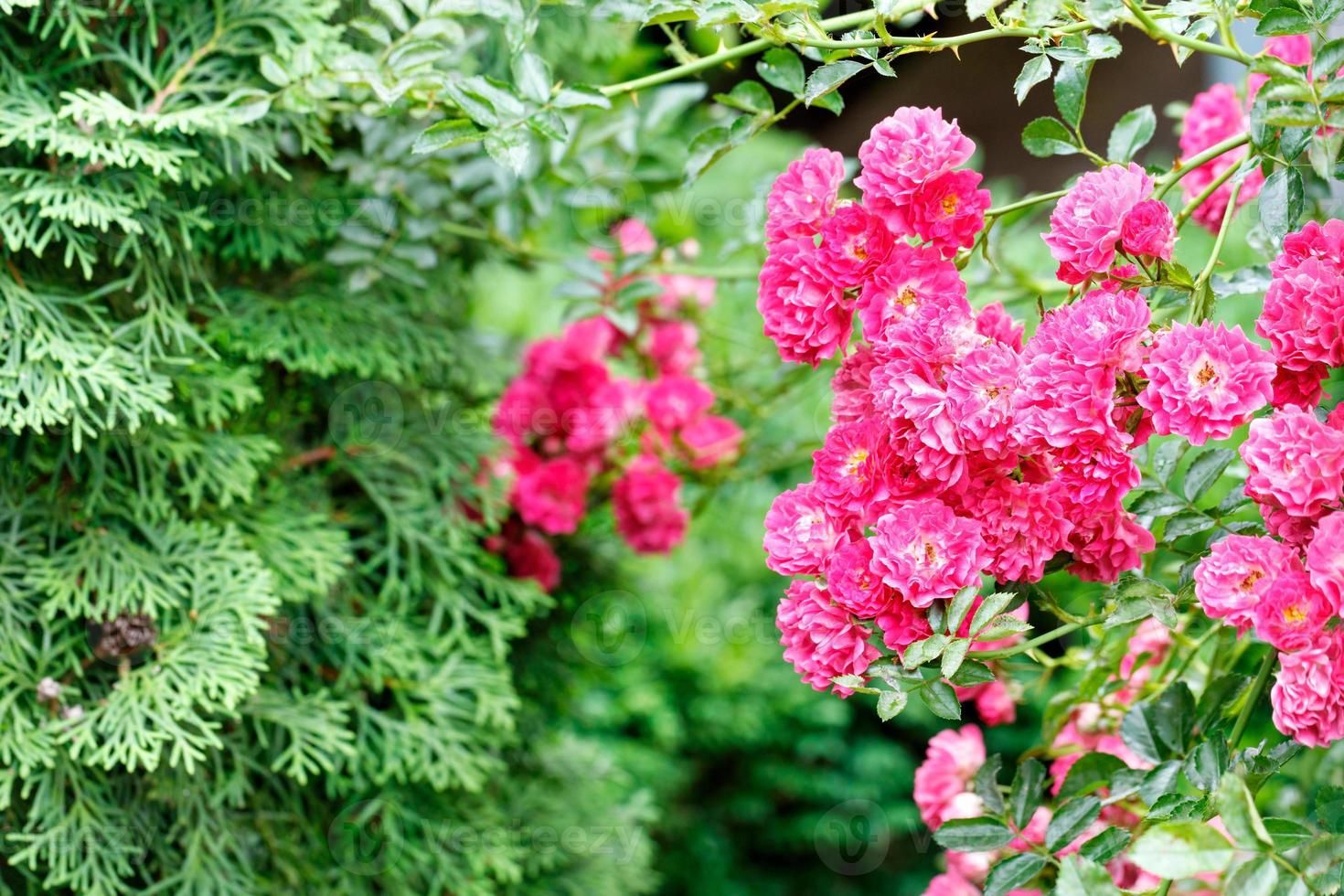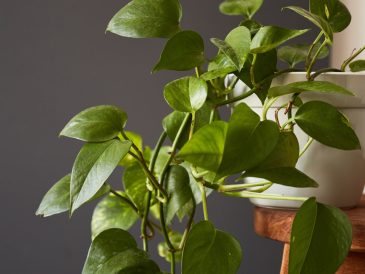I was raised in a Christian home and if I could, I’d even say that I’ve been reading the Bible since I was born. But that’s only the fruit of my faith and my relationship with God. However, during my journey to Biblical enlightenment, I’ve learned (on my own) that the Bible is rich, very rich, in symbolism.
In the previous posts, I’ve written about different plants’ connections to the Bible. So, let’s continue diving into this Biblical plant symbolism discovery.
Aniseed
 Pimpinella Anisum, commonly known as aniseed, is a flowering plant that belongs to the parsley (Apiaceae) family. It is an old species that’s native to southwest Asia and the eastern Mediterranean area. Its feathery leaves are often used in soups and salad while the small brown seeds found in thick umbels are widely used around the world to add flavor to foods and drinks. Due to their powerful health-promoting properties, these seeds can also be used as a natural remedy for countless ailments like skin diseases, inflammation, diabetes, stomach ulcers and even depression.
Pimpinella Anisum, commonly known as aniseed, is a flowering plant that belongs to the parsley (Apiaceae) family. It is an old species that’s native to southwest Asia and the eastern Mediterranean area. Its feathery leaves are often used in soups and salad while the small brown seeds found in thick umbels are widely used around the world to add flavor to foods and drinks. Due to their powerful health-promoting properties, these seeds can also be used as a natural remedy for countless ailments like skin diseases, inflammation, diabetes, stomach ulcers and even depression.
What if I tell you that this plant goes back to Biblical times?
Back then, as per Biblical experts, aniseed was called “dill.”
“Woe to you, teachers of the law and Pharisees, you hypocrites! You give a tenth of your spices—mint, dill and cumin. But you have neglected the more important matters of the law—justice, mercy and faithfulness. You should have practiced the latter, without neglecting the former.”
– From Matthew 23: 23
Tips to Grow Anise:
- Best results obtained when planted in deep containers or at a ½ inch deep directly into a well-drained soil. However, it does not transplant well.
- It is best grown outdoors, under the full sun.
- No fertilizer is required unless the soil is poorly-maintained.
- Remember that anise is susceptible to predatory wasps, wormwood bug and lime-speck bug.
Black Cumin
 Native to Asia and the Mediterranean, this flowering plant is known for its common use in medicine. From the black seeds to the oil, due to its powerful antifungal, antibacterial, antiparasitic and antiviral properties, this plant is used to treat digestive disorders, asthma, diabetes and other health conditions.
Native to Asia and the Mediterranean, this flowering plant is known for its common use in medicine. From the black seeds to the oil, due to its powerful antifungal, antibacterial, antiparasitic and antiviral properties, this plant is used to treat digestive disorders, asthma, diabetes and other health conditions.
Unknown to many, the distinct flavor of the black cumin is also used to flavor bread and other baked goods in some countries.
“Grain must be ground to make bread;
so one does not go on threshing it forever. The wheels of a threshing cart may be rolled over it, but one does not use horses to grind grain.”
– From Isaiah 28:28
“The wheat and spelt, however, were not destroyed, because they ripen later.”
– From Exodus 9:32
BoxTree
 Also known as the boxwood tree, this attractive evergreen belongs to the family Buxaceae. Native to southern and western Europe, this shrub-like tree, with its smooth and compact feature, makes it a perfect centerpiece in a lawn or garden.
Also known as the boxwood tree, this attractive evergreen belongs to the family Buxaceae. Native to southern and western Europe, this shrub-like tree, with its smooth and compact feature, makes it a perfect centerpiece in a lawn or garden.
If you want to grow one, here are some tips from my not-so-British friends:
- It is important to water regularly during the growing season. The soil should not be dry. However, make sure not to overwater and remember to water less during winter seasons.
- The soil should be well-drained and fertile.
- Partial shade is recommended as full sun can lead to dry soil and leaf scorching.
If you want to learn about the connection between the boxwood tree and the Bible:
“The glory of Lebanon will come to you, the juniper, the fir and the cypress together, to adorn my sanctuary; and I will glorify the place for my feet.”
– From Isaiah 60: 13
“I will put in the desert the cedar and the acacia, the myrtle and the olive. I will set junipers in the wasteland, the fir and the cypress together.”
– From Isaiah 41: 19
“Of oaks from Bashan they made your oars; of cypress wood[a] from the coasts of Cyprus they made your deck, adorned with ivory.”
– From Ezekiel 27: 6





